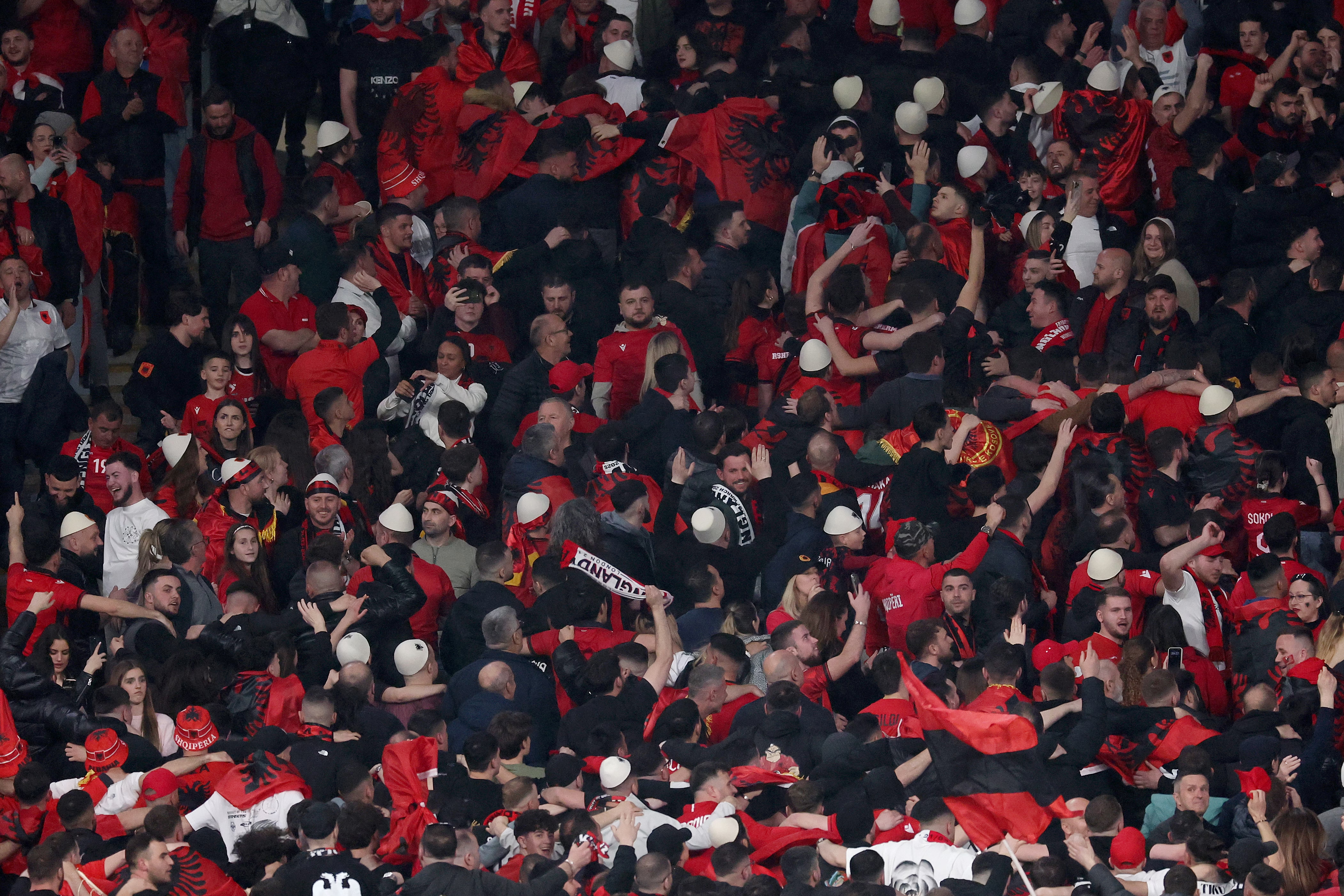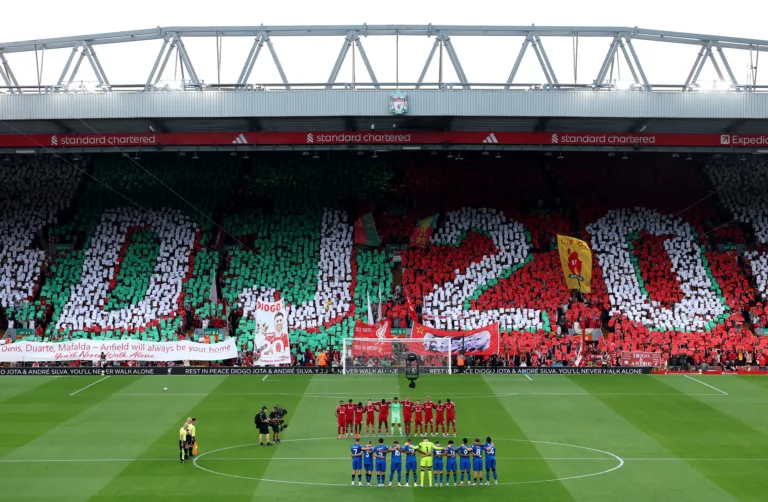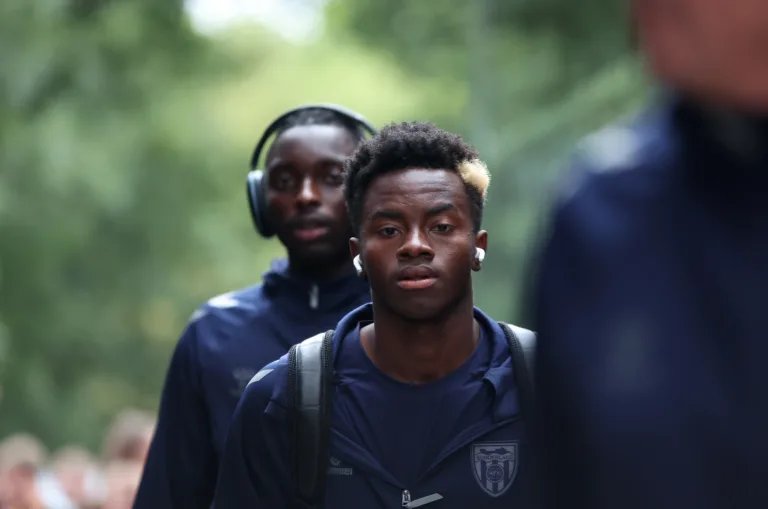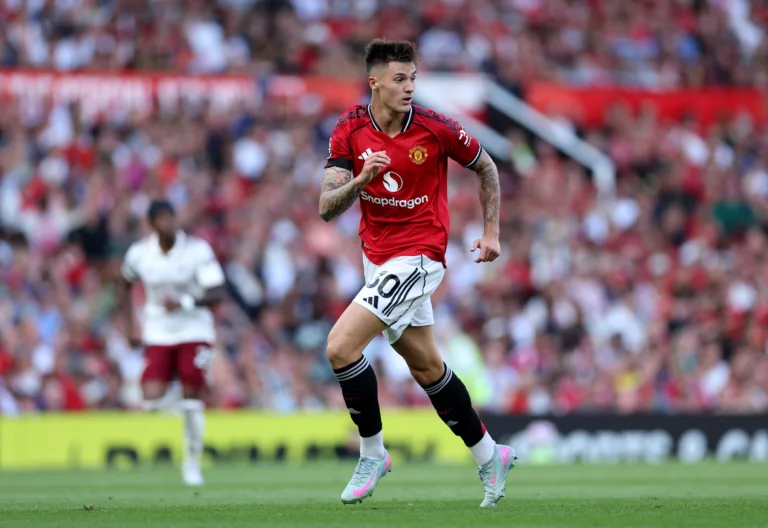Albania vs Serbia: A Balkan Battle
It’s been over eleven years since what was probably the most dramatic Euro qualifier ever. On October 14, 2014, Serbia and Albania met at Belgrade’s Partizan Stadium in an ill-fated encounter that ended in a brawl and was eventually settled by the Court of Arbitration for Sport (CAS) eight months later.
On Friday the two sides will renew rivalries after being drawn together in Group K of the 2026 World Cup qualifiers. Over 200,000 ticket requests have been made for the match in Tirana’s 22,000-seater Air Albania Stadium, showing how keen the rivalry is, over a decade on from the ‘battle of Belgrade’.
But what exactly happened that night, and why does it still resonate with so many in both countries ahead of their clash? The story is a long one that was intensified by the events of years ago and culminates with a drone hovering over a football pitch on a still autumn night.
From Ancient Animosities to Modern Tensions
Albania and Serbia’s history goes back centuries, from the rule of the Romans up to the Balkan and World Wars of the 20th century. Land has changed hands countless times through the years, with conflict after conflict leading to death and destruction throughout the region.
One of the most contested regions was the Albanian-majority Kosovo. in the 1990s the dispute came to a head when the Kosovan Liberation Army began fighting Serbian forces in a bloody conflict that shocked the world. Around 1 million ethnic Albanians were displaced from Kosovo, prompting intervention from NATO in 1999 that brought an eventual end to one of the most shameful chapters in Balkan history that turned neighbours against each other. Kosovo announced independence in 2008 but was not recognised by Serbia.
Euro 2016 Qualifying Draw: A Powder Keg
Sporadic fighting is still common to this day and as such, a bitter taste was still in the mouths of many when the countries were drawn in the same group for the Euro 2016 qualifiers. UEFA did not see a reason to separate the two teams, stating they had not directly fought each other, a decision they would soon regret.
Drawn in the group alongside Denmark, Armenia and European heavyweights (and eventual winners of EURO 2016) Portugal, with just two direct qualifying spots available, both sides knew they would need almost flawless campaigns to stand any chance of reaching the finals. Albania had never qualified for a major tournament before but got off to a dream start by beating Portugal 1-0 away in their group opener. Bekim Balaj’s stunning strike ensured Albania claimed a shock win and even led to Portugal sacking head coach Paulo Bento, replacing him with Fernando Santos, a blessing in disguise.
Serbia had to wait until October to kick off their campaign with a disappointing 1-1 draw away to Armenia on the same night Albania drew at home to Denmark. These results meant both sides wanted a win to keep pace at the top of the table with both Denmark and Portugal when they met three days later.
High-Risk Night in Serbia
The match was designated as a high-risk game by UEFA and no Albanian supporters were allowed to attend the first match. Hours before kick-off, tension began to build with the ultras’ end of the stadium beginning to chant as the teams arrived and began their warm-ups. In Kosovo’s capital, Pristina, Albanian sports journalist Leart Svecla was feeling the nerves too.
“My friends and I decided to watch it as a group; we thought being together would make it easier to handle whatever might happen. There was also a lot of tension and anxiety, mostly about the result. It was unimaginable for us to lose that match.”
“It was unimaginable for us to lose that match”
-Leart Svecla
Things back in Belgrade were beginning to take a darker turn as kick-off approached. as the Albanian anthem was drowned out by a cacophony of boos and whistles. All of this made for an explosive atmosphere when the match began.
On the pitch, it was a cagey affair, with both sides feeling the weight of expectations from their respective countries. As half-time approached, there were only a handful of half-chances to speak of, but things were starting to turn toxic in the stands as hateful chants and attempts to burn flags were clear to see. Even a spark would’ve set this game alight.
Instead we got a tonne of dynamite.
In the 42nd minute of the first half, one of the most astonishing things ever seen at a football match appeared.
Morina: The Man Behind the Drone
A drone glided through the night sky above the stadium as silence engulfed stands that had been riotous just seconds ago. Attached to the drone was a flag picturing historic Albanian figures Ismail Qemali and Isa Boletini along with a map of ‘greater Albania’, a contentious image certain to draw anger from the fervent Serbian crowd.
“At first it was difficult to tell what the flag was, but once we saw what it was, the crowd erupted in joy,” explains Leart. It was the first time we had ever seen a drone on a football pitch; the sight itself was shocking.”
Along with those images, the obscure English word ‘autochthonous’ was written across the flag. Defined in the Collins dictionary as “inhabiting a place or region from earliest known times”, this word was chosen specifically by the drone’s pilot, Ismail ‘Ballisti’ Morina who had been perched on a church roof nearby for 17 hours. All of this waiting seemed to affect his thinking as he lowered the flag into the arena.
“I tried to take the drone down for the players to see the symbol, to give them courage”, Morina later told football YouTube channel Copa90. But he made one fatal error that changed the course of not just the evening but both teams’ qualification hopes.
Morina lowered the flag towards Serbian player Branislav Ivanovic, wearing Serbia’s red shirt, forgetting his side were playing in their white away strip. That mistake incited a riot as Ivanovic jumped to catch the flag but was immediately surrounded by players from both teams. Bekim Balaj and his teammate Ansi Agolli pulled the flag away from him before making a beeline for the sideline; they were stopped in their tracks by a hooligan smashing a plastic stool over Balaj’s head. He was wrestled to the ground by Albanian captain Lorik Cana as all hell broke loose in what has now become an iconic image of the night.
A Crazy Night in Serbia
By now the Partizan stadium had erupted in unbelievable fashion as spectators surged onto the pitch from all directions to join the riot. Unsavoury characters wearing national symbols tried to cause carnage but were ushered off the pitch by Serbian players before things got physical. Cana credited Ivanovic and his teammate Alexander Kolarov with warding off more hooligans intent on causing damage. As the Albanian players left the pitch, missiles were thrown from the stands as lax security allowed more spectators to attack the team as they fled down the tunnel, with at least one steward involved in the violence, per the CAS ruling.
“We weren’t surprised by the hostile environment in Serbia … but seeing the police failing to stop the hooligans entering, it was shocking”, says Leart.
While authorities accused members of the Albanian delegation of piloting the drone, the real author of the mayhem was tearing across darkened mountains in the Balkan countryside with his getaway driver. “I had a friend and I phoned him to tell him, ‘We have to go now to escape now,'” Morina told Copa90.
Flight from Belgrade and Street Celebrations
The Albanian team decided to get out of Belgrade as soon as possible and head straight back to Tirana. Once news filtered through, streets quickly filled with over 5,000 supporters ready to give their side a hero’s welcome at 3.30 AM. This was in addition to festivities across Kosovo and Albanian-majority areas of North Macedonia.
The impacts of that crazy evening were wide-ranging, even affecting the footballing trajectory of both nations.
Albanian supporters felt proud of their team for representing their nation under difficult circumstances Leart explains, “In the media people expressed pride in how the players protected the flag because the flag appeared in the first place and because the team had been playing well until the match was stopped.”
UEFA, CAS and the Final Verdict: Albania vs Serbia
UEFA initially ruled in favour of Serbia, awarding them a 3-0 forfeit win but also deducted three points, thereby rendering the game pointless. Both FAs were fined €100,000. Unhappy with the ruling, both appealed to both UEFA and the CAS, who ultimately decided.
By the time CAS made their final ruling the following July, there had been a barrage of protests and petitions on both sides calling for penalties against the other, with political leaders also coming out with strong statements attacking each other. When it was eventually published on July 10, 2015, the final ruling found the abandonment of the match was caused by “security lapses of the organisers and acts of violence exerted on the Albanian players by the Serbian fans and at least one security steward”.
As a result, Serbia were ruled to have forfeited the game 0-3 and were, in addition, deducted three points, effectively ending their qualification campaign. Albania, on the other hand, was catapulted into the uncharted territory of a successful qualification for a major tournament.
“That match was crucial in Albania’s qualification for the Euros. We ended up leaving Serbia and Denmark behind,” says Leart
A commendable draw away to Denmark was followed by late heartbreak against Cristiano Ronaldo’s Portugal before Serbia visited Elbasan for the return leg. The combination of results meant a win would see Albania qualify with a game to spare in front of their own supporters. It wasn’t to be, as Serbia got their revenge with two injury-time goals to prevent their rivals qualifying. It would take an away victory in Armenia to secure the historic first qualification for a major tournament.
Meanwhile, Morina had been arrested for possession of an unlicensed firearm in advance of the game and served five months in prison but went on to become a symbol of that team and its journey to Euro 2016.
From that point on, focus on Albania’s national team was sharper than ever. “I don’t think the drone incident changed the relationship between the fans and the national team, but did it draw more attention , even from people who had never cared about sports? Yes, I think it did.” says Leart
Road to Tirana 2026 – Stakes and Expectations
Since then, Albania has gone on to qualify for another Euro, in 2024 under current manager Sylvinho and are dreaming of reaching the pinnacle of international football, the World Cup. That tournament is familiar ground for their opponents, who have been to the last two tournaments along with Euro 2020 and 2024.
That Albania team will always hold a special place in the hearts and minds of Albanian football fans, but this time round they are preparing for an even stronger Serbian team to arrive motivated and seeking revenge in Tirana. While also hopeful for a good performance from the Kuq E Zi, Leart stresses the first objective has to be a safe evening that shows Albania can handle a game of such magnitude.
“I hope this time in Tirana, everything will be about football. Regardless of the result, we should stand behind our team and stay true to our values. It’s massively important for Albania and the federation to show the world that even a high-risk match like this can be managed flawlessly.
“Of course the rivalry will be there, the sentiment, political undertones and so on, but the match should be incident-free. I believe that will be the case.”
Whoever wins this game will put themselves in the driving seat to claim second place in a group also featuring England, Latvia and Andorra. Both teams are hoping to build momentum as the campaign reaches a pivotal stage. There is little room for error in a group so finely poised. The stakes couldn’t be much higher and whatever the outcome, we’re in for a hot-blooded Balkan encounter full of emotion and guaranteed to thrill.
Just don’t try to predict a winner.








